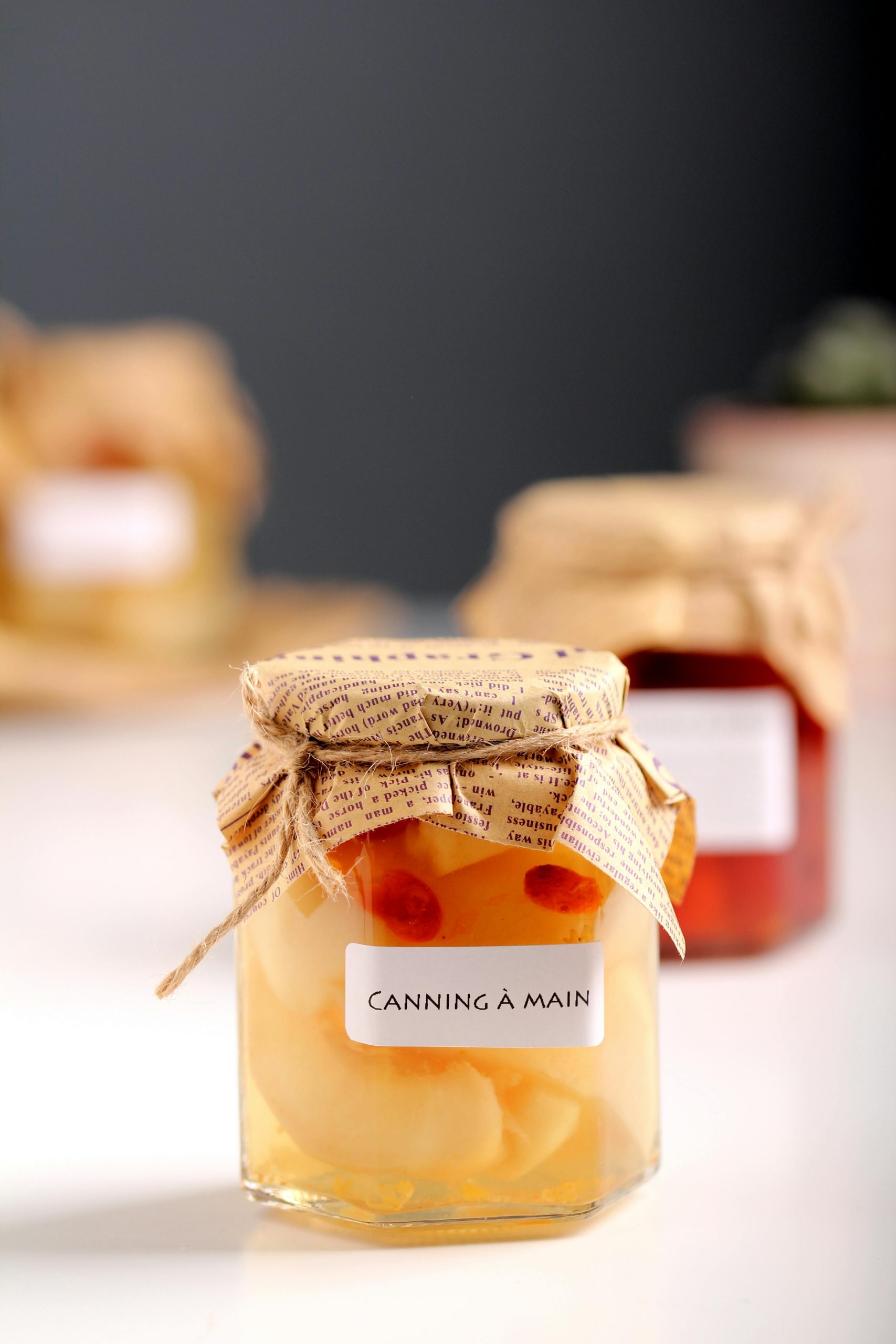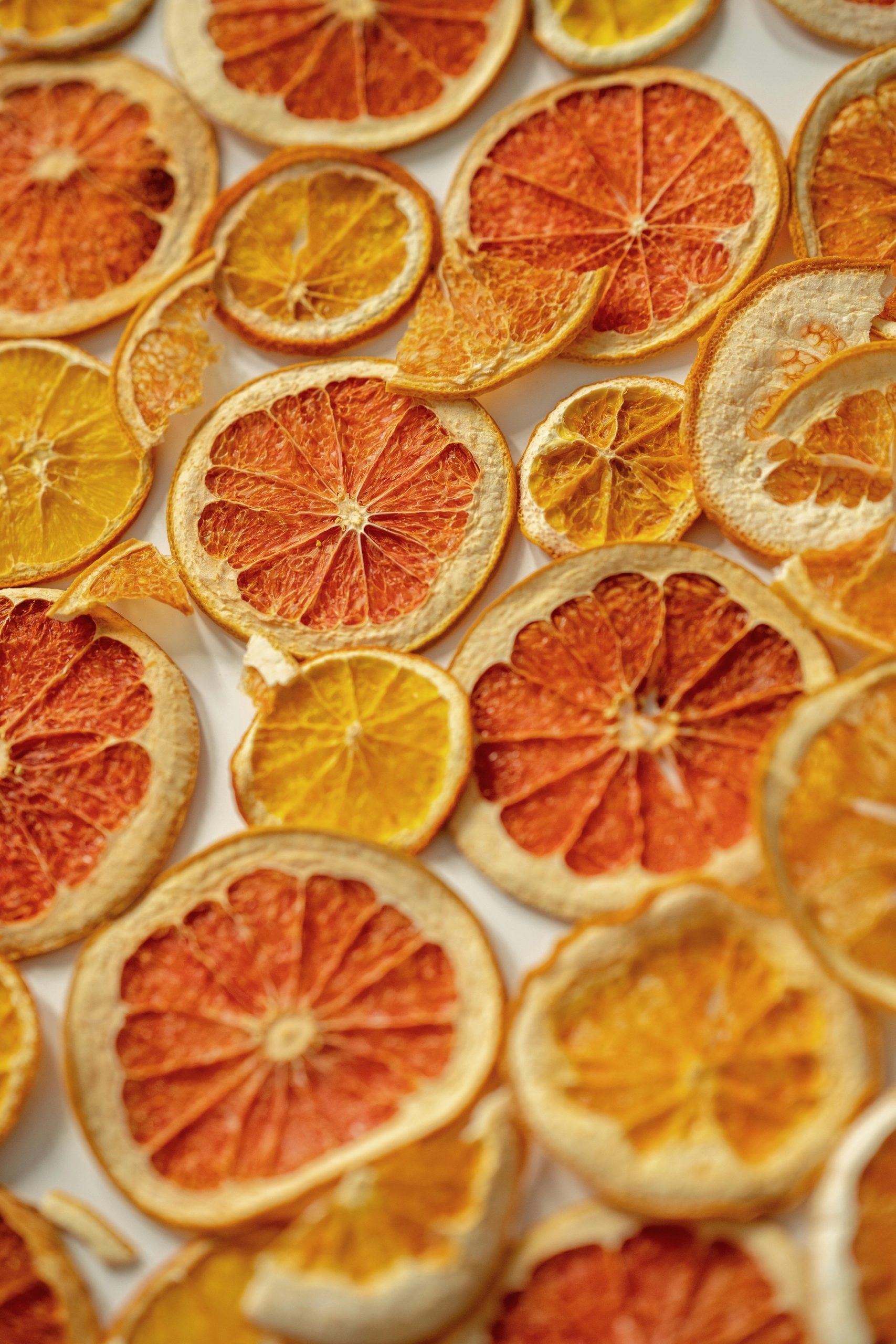Vacuum sealing has become a popular food preservation method for savvy home cooks and emergency preppers alike. By removing all the oxygen from a package, a vacuum sealer dramatically slows down the process of spoilage from mold, mildew, and bacteria. This can extend the shelf life of pantry staples far beyond what is possible with their original packaging. While the exact time varies by food type, the results are consistently impressive, turning your pantry into a long-term food storage powerhouse.

How Does Vacuum Sealing Work?
The primary enemy of food freshness is oxygen. It allows for the growth of aerobic bacteria and mold, and it causes the oils in food to oxidize and go rancid. A vacuum sealer works by placing a food item in a special plastic bag or canister and then sucking all the air out, creating a vacuum. The machine then uses heat to create an airtight seal, locking the food in an oxygen-free environment and dramatically extending its life.
Shelf Life of Grains (Rice, Oats, and Wheat Berries)
When stored in their original bags, white rice and oats can last for a couple of years. However, when you vacuum seal them in a mylar bag with an oxygen absorber, their shelf life can be extended to an incredible 25 to 30 years. This is because the process removes all the oxygen that would cause the small amount of fat in the grains to eventually go rancid. This makes them an ideal food for long-term emergency storage.
Shelf Life of Flours
Flour is more delicate than whole grains because the grinding process exposes its natural oils to the air. In a regular bag, white flour lasts for about a year, while whole-wheat flour lasts only a few months before going rancid. Vacuum sealing can extend the life of white flour to around two years. It can also double the shelf life of whole-wheat flour, especially if you store the sealed bag in the freezer.
Shelf Life of Dehydrated Goods

For dehydrated goods like dried beans, pasta, and dehydrated fruits and vegetables, moisture is the main enemy. While their original packaging offers some protection, it is not truly airtight. When you vacuum seal these items, you protect them from any ambient moisture in your pantry. This can extend the shelf life of dried beans and pasta from a few years to well over a decade, keeping them dry and ready for use.
Factors That Still Affect Longevity
While vacuum sealing is a powerful tool, it is not magic. The quality of the seal, the type of storage bag used, and the storage conditions all play a crucial role. For the best long-term results, you should always store your vacuum-sealed goods in a cool, dark, and dry place. Even without oxygen, heat and light can still slowly degrade the quality and nutritional value of the food over a very long period.
The Ultimate Pantry Protection
Vacuum sealing is one of the most effective and affordable ways to protect your investment in your pantry staples. It offers a powerful defense against oxygen and moisture, the two primary culprits of food spoilage. By taking the extra step to properly seal your dry goods, you can dramatically extend their shelf life. This simple process reduces food waste and ensures your pantry is well-stocked for years to come.
Do you use a vacuum sealer for your pantry staples? What foods have you had the most success with for long-term storage? Share your tips and experiences!
Read More
8 Food Storage Mistakes That Are Ruining Your Budget
9 Deli Items That Are Pre-Packaged but Marketed as Fresh
The post What’s the Shelf Life of Vacuum-Sealed Staples Really? appeared first on Grocery Coupon Guide.







